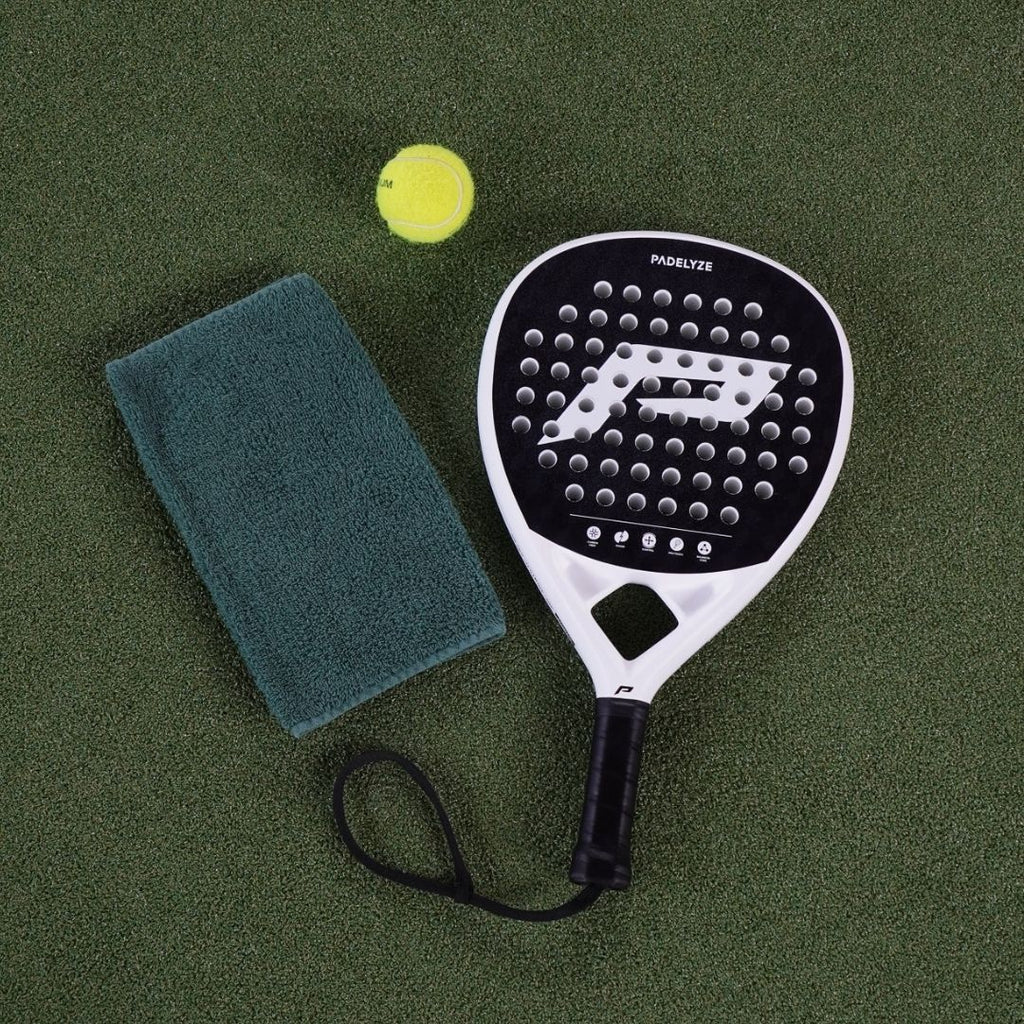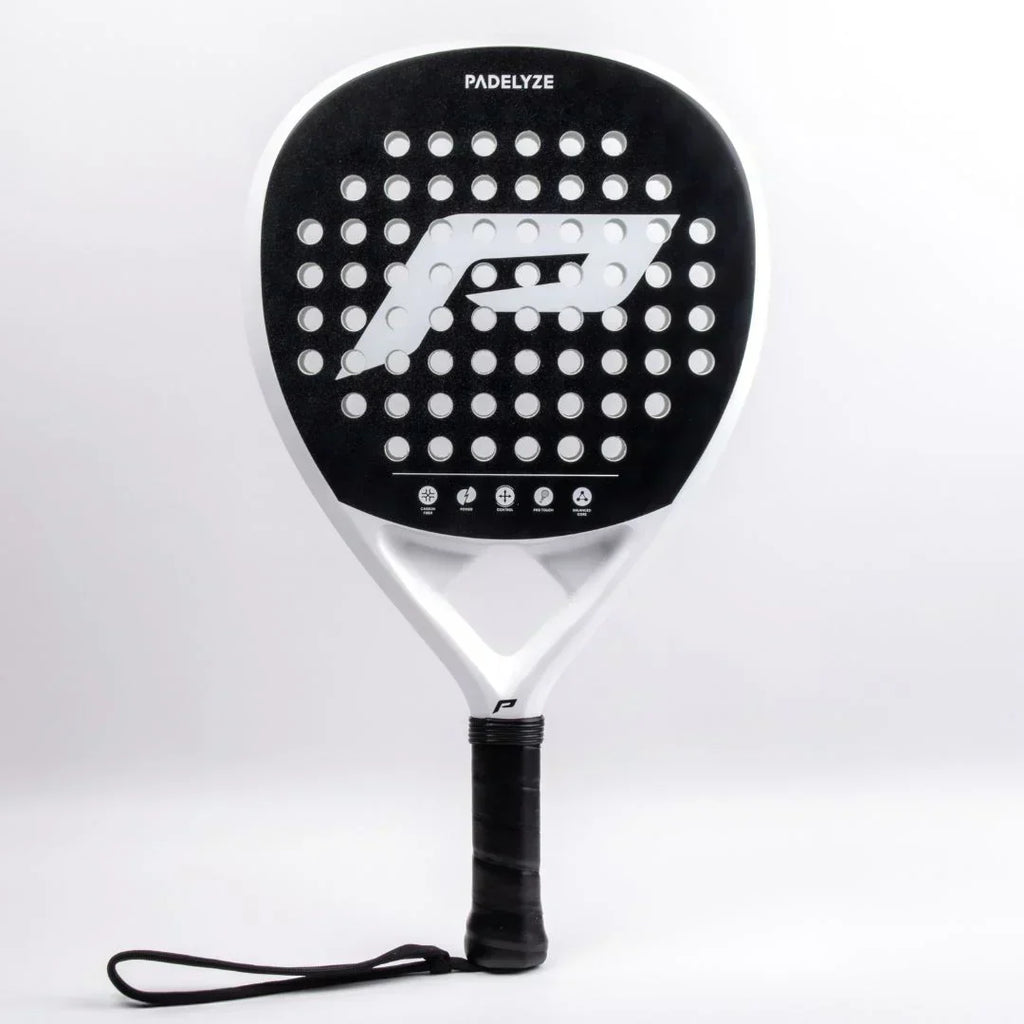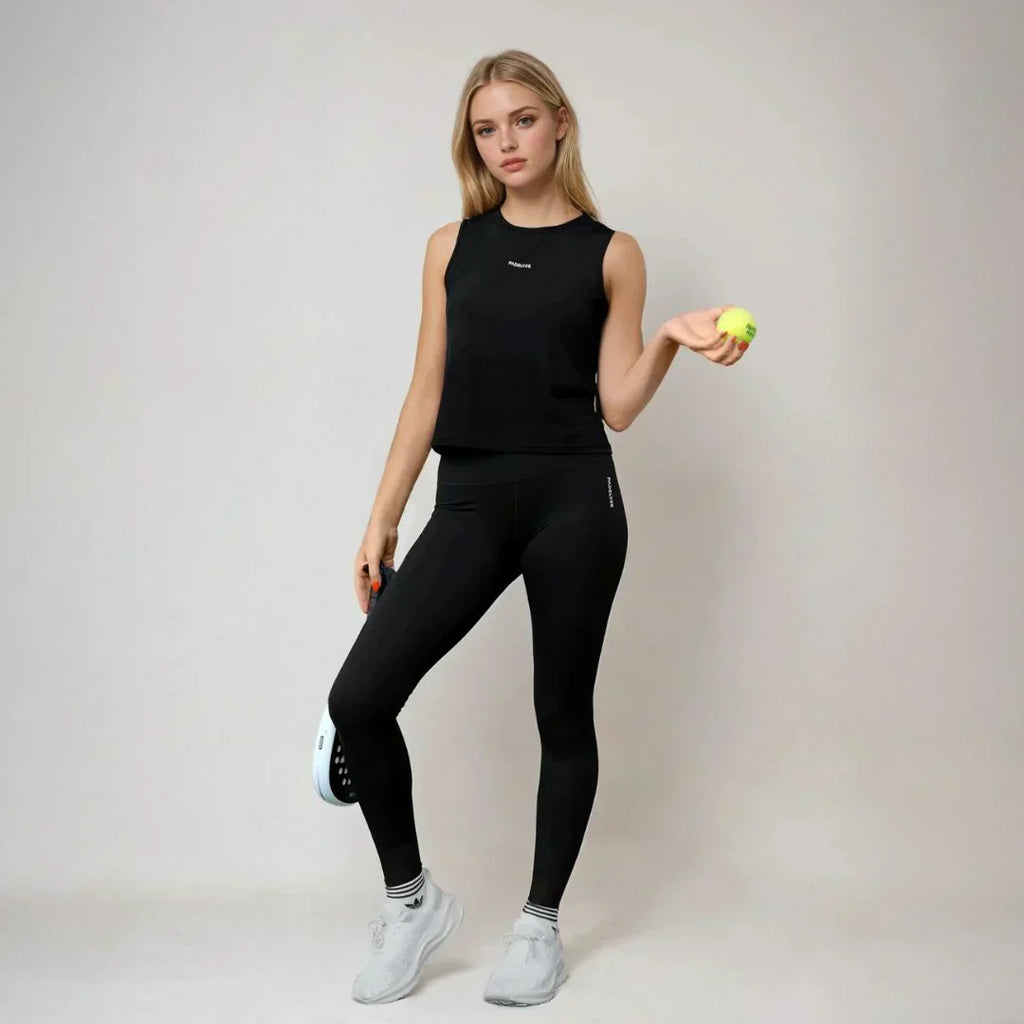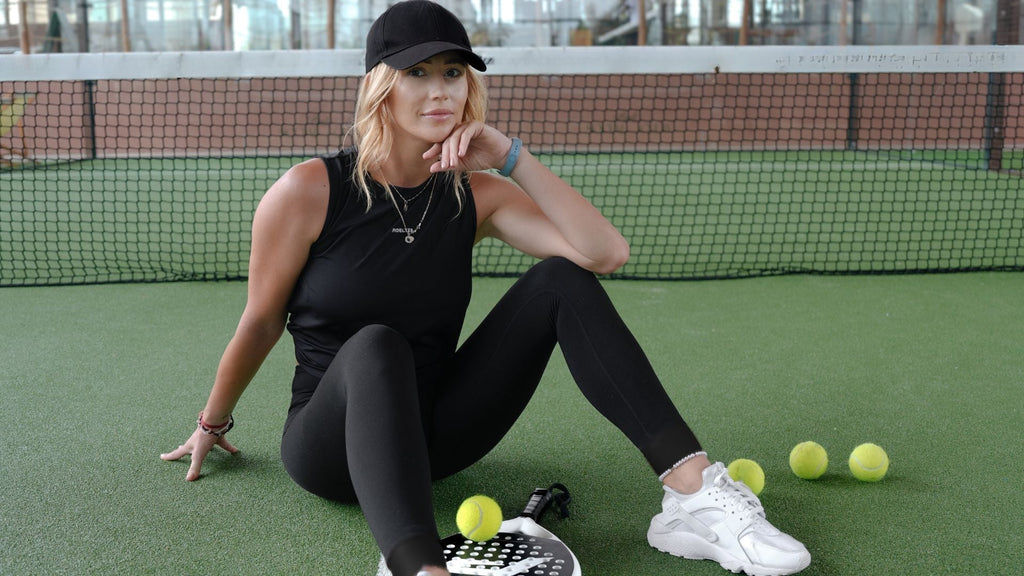Padel gegen Tennisbälle: Was ist der wichtigste Unterschied?
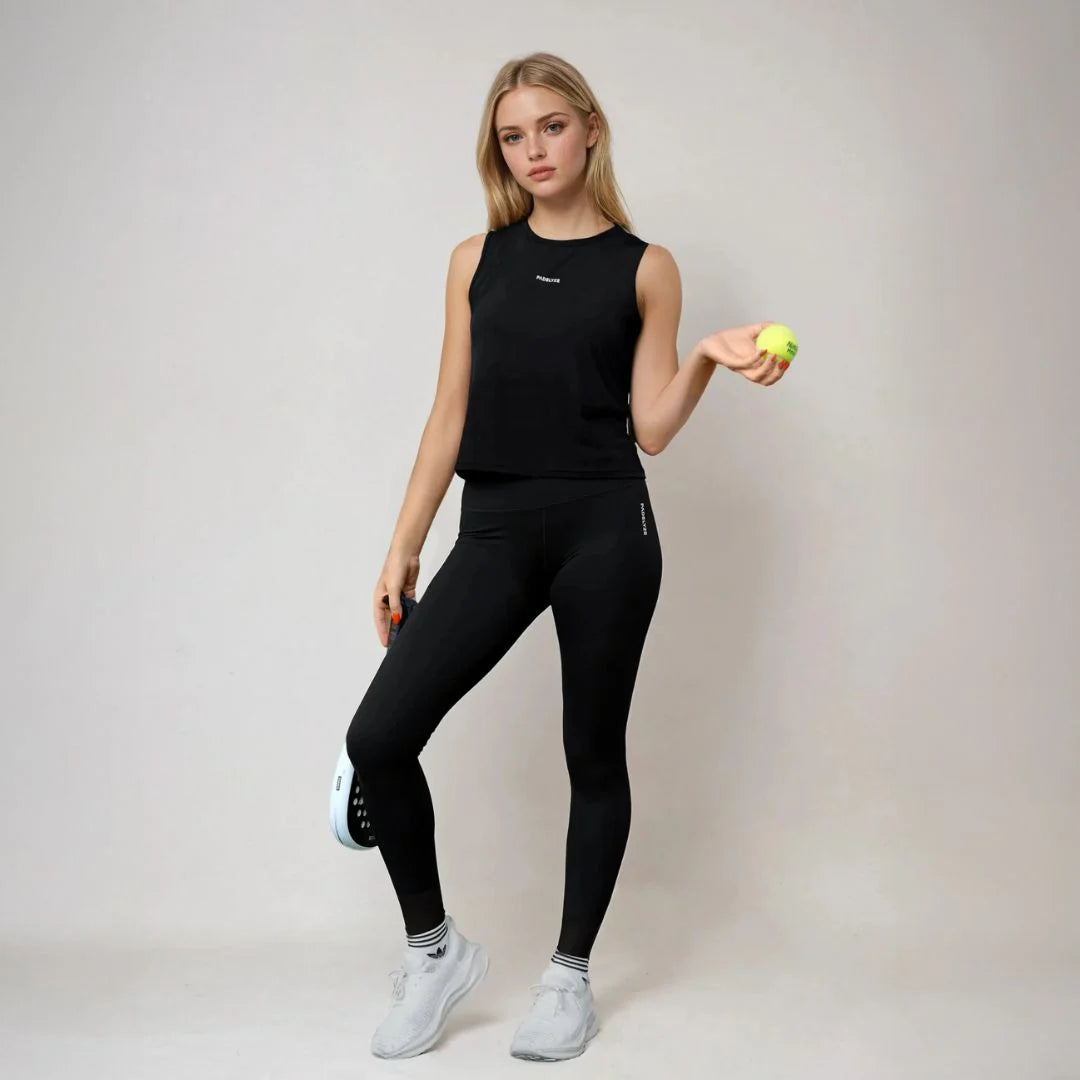
Größe und Gewicht: die grundlegenden Unterschiede
Druck: Wie es sich auf das Spiel auswirkt

Material und Haltbarkeit: Welcher Ball dauert länger?
Sprung und Geschwindigkeit: Wie sich jeder Ball auf dem Platz verhält
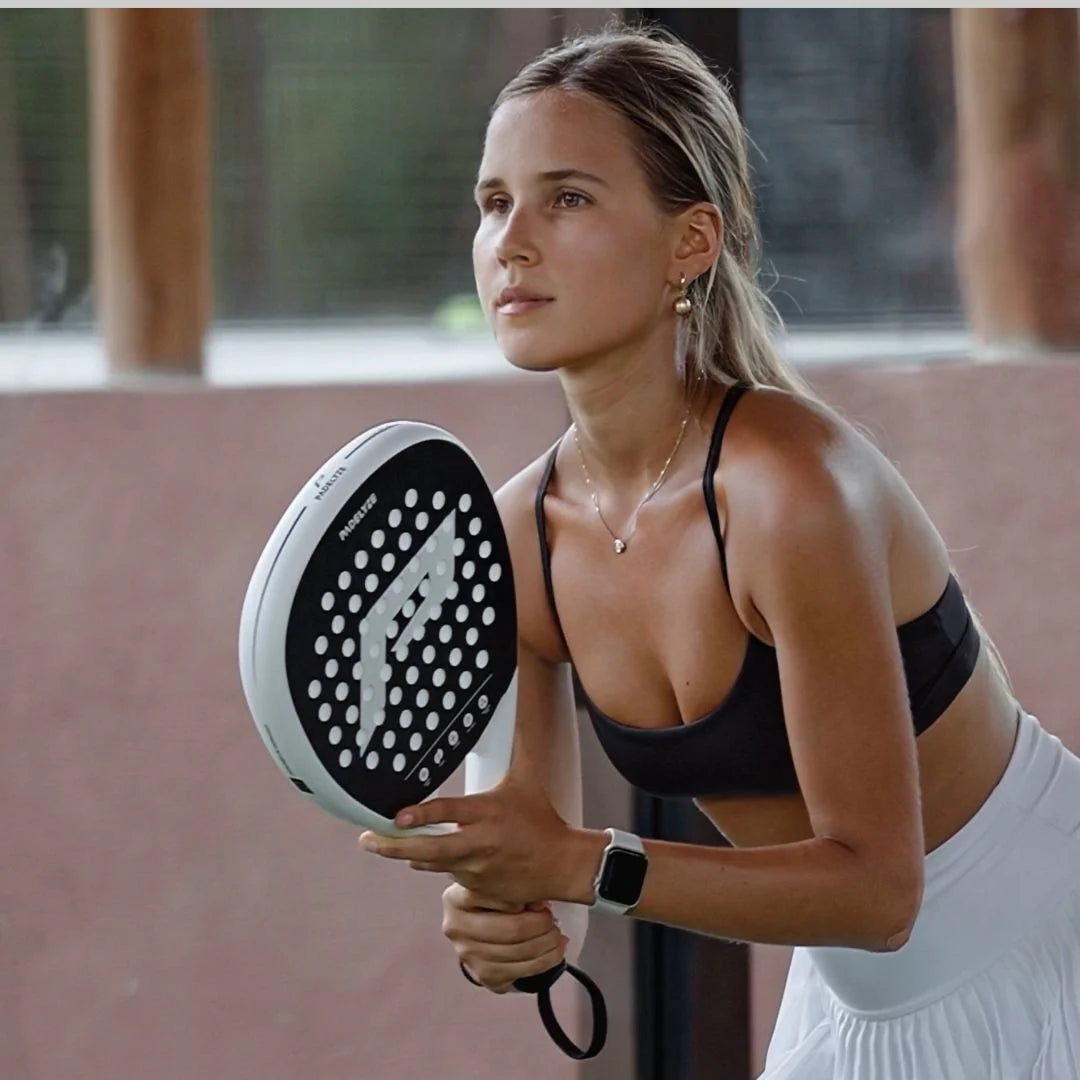
Welchen Ball solltest du benutzen?
Abschluss
Abschluss
Häufige FAQs über Padel gegen Tennisbälle
Inhalt
Das könnte dir auch gefallen
In diesem Handbuch finden Sie praktische Tipps für Padel-Anfänger, die Ihnen dabei helfen, solide Grundlagen zu entwickeln, Ihr Platzbewusstsein zu verbessern und intelligenter – nicht härter – zu spielen.
Padel für Frauen ist schnell mehr als nur ein Trend – es ist eine Bewegung. Egal, ob Sie auf der Suche nach einer unterhaltsamen Möglichkeit sind, aktiv zu bleiben, ein neues soziales Ventil zu finden oder sich einfach mit etwas Aufregendem herauszufordern – Padel bietet die perfekte Mischung aus Fitness, Spaß und Gemeinschaft.
Verstehen Sie die wichtigsten Unterschiede zwischen Padel- und Tennisbällen und erfahren Sie, wie die richtige Wahl Ihr Spiel und Ihre Leistung auf dem Platz verbessern kann. Lernen Sie es noch heute!
Erfahren Sie, wie viele Kalorien Sie beim Padel verbrennen, welche Faktoren den Kalorienverbrauch beeinflussen und wie Padel im Vergleich zu anderen Sportarten abschneidet. Erhalten Sie Fitness-Einblicke mit PADELYZE.

